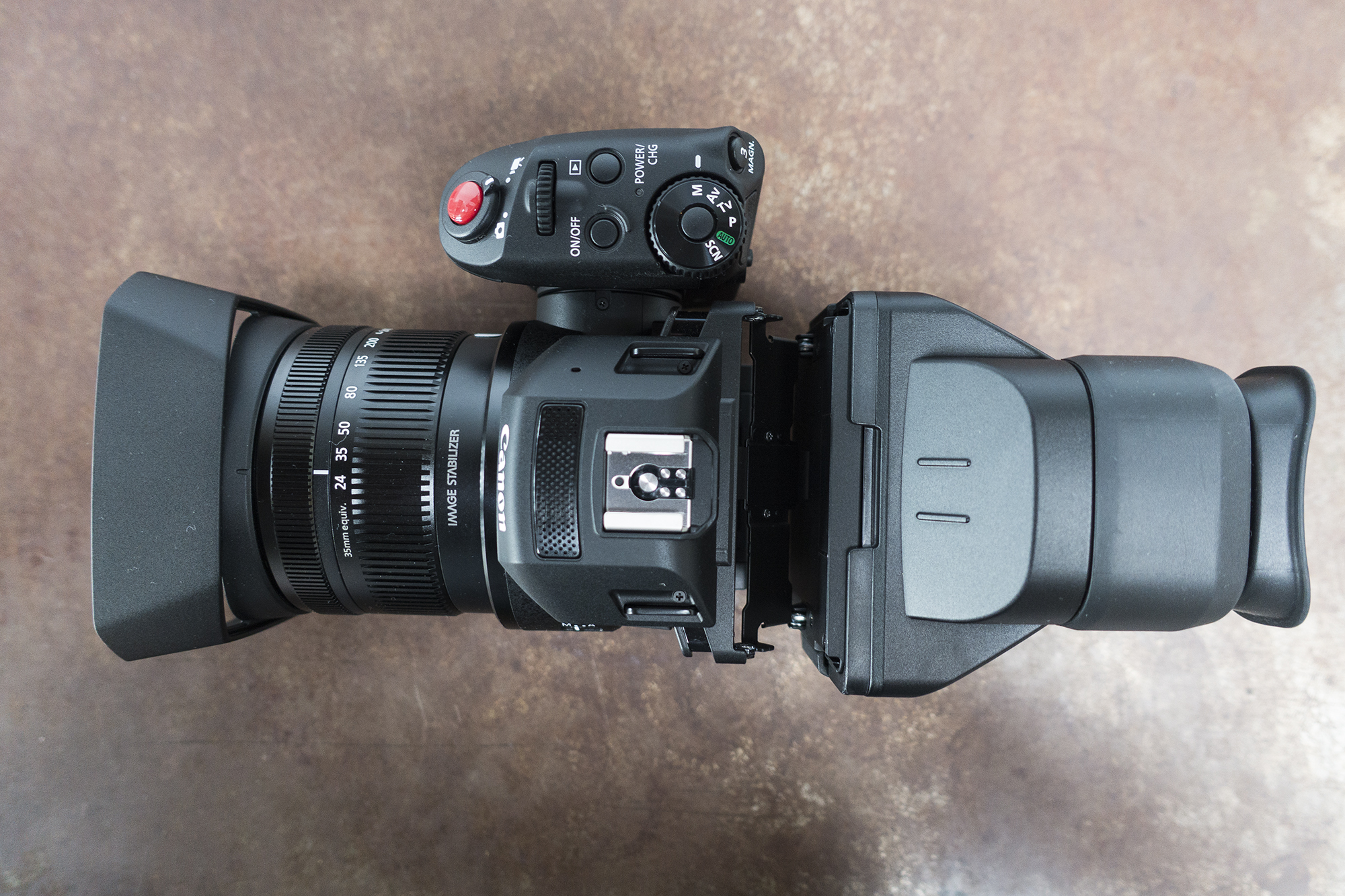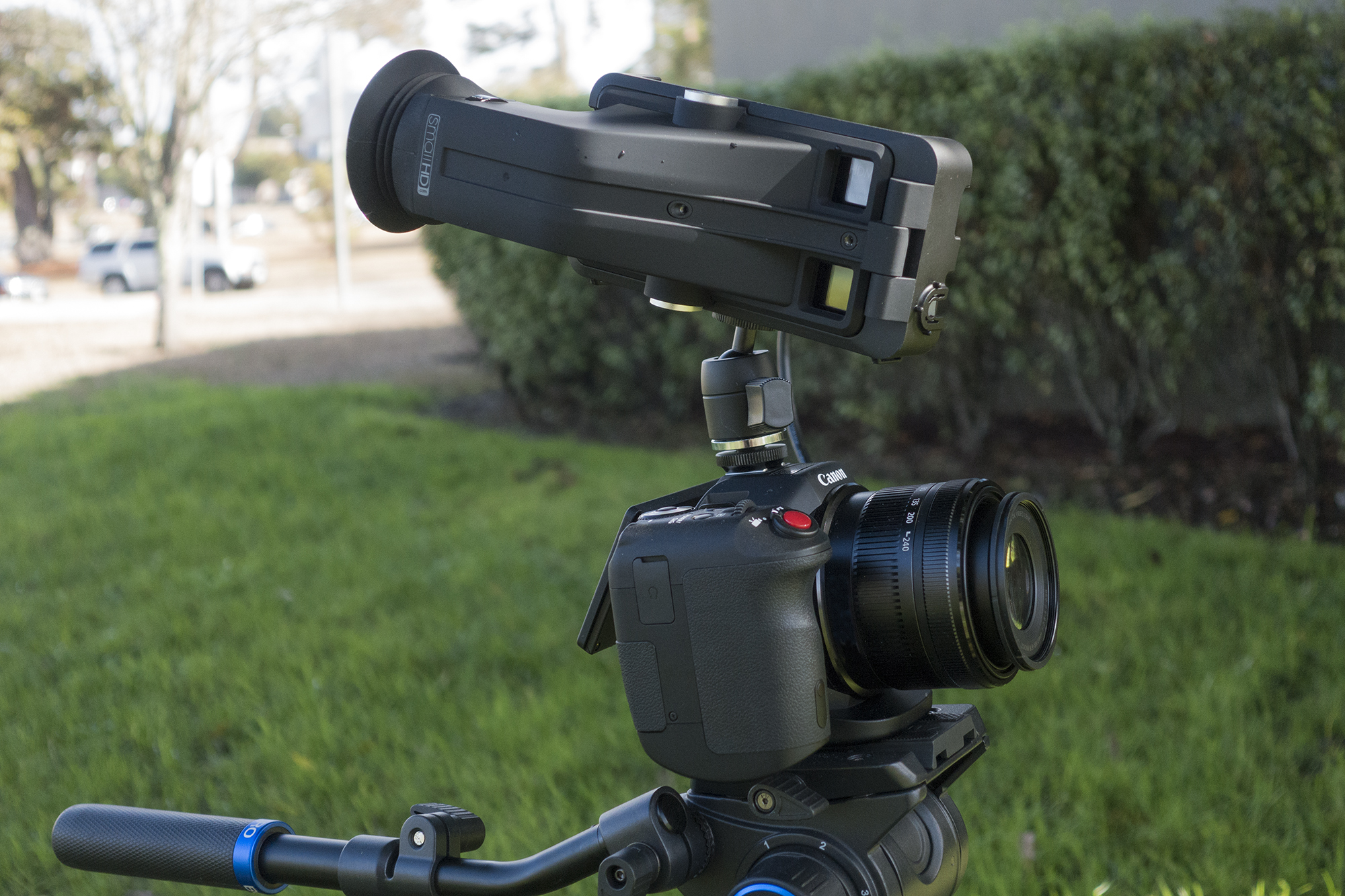I’ll admit, when I first laid eyes on the Canon XC10 my response was, “What the heck is Canon thinking?” Not only was it a bizarre design, but the fixed telephoto lens really had me scratching my head. Finally, Canon had released a 4K-capable camera at a price point that was affordable for the everyday person, but it came in a weird package with limited customization options. “There is no way this thing is going to be good,” I thought to myself. “I’m going to hate it.” Well, after a few weeks of use (though I am still processing the video footage) I think I can pretty much say I was wrong. Oh so very, very wrong.
Though I’ll be revisiting this camera in the coming weeks with a full review, I did want to mention a few things about the Canon XC10 that I noticed through using it. The form factor that I was originally giving the stink eye is actually really nice to work with. The handle is a perfect size and gives you access to the power, video/photo toggle, playback, thumb stick (for navigating menus), magnification and camera settings (manual, aperture priority, etc) all within quick and easy reach.
The thumb toggle is taken from the Canon C100 and 300 Mark II cameras, so if you are a fan of that, moving to the XC10 feels like a natural progression. In fact, the XC10 operates very much like the C-series cameras, making it the perfect smaller companion for teams already using that system. Additionally, the screen on the XC10 is a touch screen, so if the thumb toggle isn’t your cup of tea, feel free to make adjustments in the menu directly on the screen.
What is most impressive about the XC10 is that it records 4K clips at a whopping 305 Mbps, three times the data rate found in both the Sony a7R II or the Panasonic GH4. That much data means that the Canon C-Log, Canon’s Log profile, has a ton of information in it, giving you the ability to pull shadows, drop highlights and color grade without losing quality.
And that’s the thing… the video that comes out of this camera is really, really good. It’s beautiful, crisp, sharp and clean. The additional 205 Mbps it outputs is certainly visible. Unfortunately, it comes in as a MXF file which is not readable with the base Mac OS (so you can’t just open it in Quicktime or hit spacebar to quickly review the clips). It works quickly in Premiere though, which is the primary place I’ll be reviewing footage anyway.
The XC10 also has rather impressive on-camera audio, a built in ND filter, focus peaking (though I still think Panasonic’s is the best), and very impressive tracking autofocus. The manual focusing can be a bit weird (takes considerably more racking than I would expect), so I found myself relying on Canon’s autofocus rather than fiddling with the focus ring. This was a decision that has so far proven to be excellent. The tracking has never lost a face, works great in standing interviews and is crisp and clean without me having to do anything.
Some notes for those excited about this little camera:
- The battery life isn’t great. With a full battery I did an hour of interviews and it is almost dead. My Panasonic battery on my GH4, in comparison, is still showing full bars. However, it does take standard Canon DSLR batteries that are pretty ubiquitous, so you probably have spares.
- The LCD loupe is removable, making the camera much smaller and easier to transport and mount
- This camera is very lightweight. Like, really light. Lighter than a GH4.
- It features a mini HDMI port, which I greatly prefer over the ridiculously small micro HDMI found on other cameras of this size
- That side handle is not removable. I’ve heard that many drone users are excited about mounting the camera, and unfortunately the handle can’t be removed to make for a smaller aerial rig. Darn.
- The XC10 has both an SD and CFast card slot, and you can’t record 4K unless you’re using CFast.
- ISO performance seems really good… so far. Though I haven’t done any night shooting, there is no visible noise at ISO 1000, which is great news for a guy who is normally forced to shoot under ISo 800 (thanks micro four thirds).
So far I have been very, very impressed with this camera. The fixed lens that I originally thought was going to bother me has such great range (24-240mm) that I rarely find myself wanting for a different lens. Sometimes I still long for the f/1.4 look. And that brings me to the other concern: depth of field. This camera performs much like a camcorder look, due to the 1-inch sensor, and won’t give you a ton of depth of field without some focal length adjustment. You’ll have to position the camera pretty far back and zoom in if you want to get that shallow depth of field. Bear in mind, the lens isn’t fixed at f/2.8. It does oscillate between that and f/5.6 depending on where in the focal range you are, which again will affect that depth of field.
As I mentioned I’ll be doing more testing and reviewing footage I’ve already shot in the next couple weeks. However, at this point I’m pretty sure I’ll be happy with this camera in the end. It’s giving me great results in a small package, and is also making me remember how much I love the Canon interface. Oh Canon, how I have missed you so. Don’t ever leave me again…




